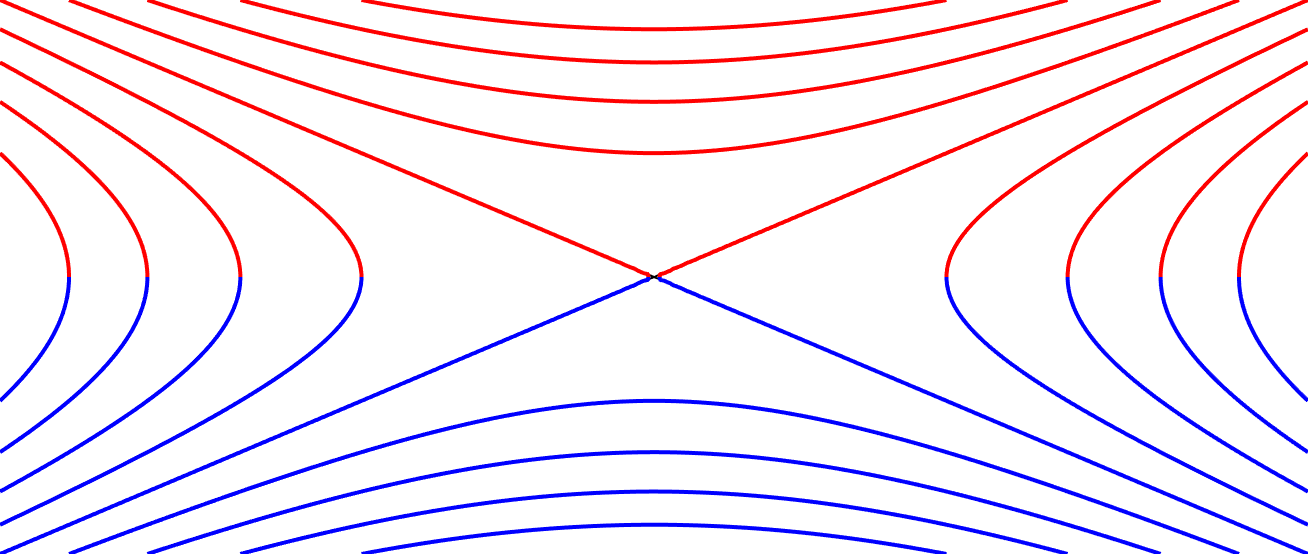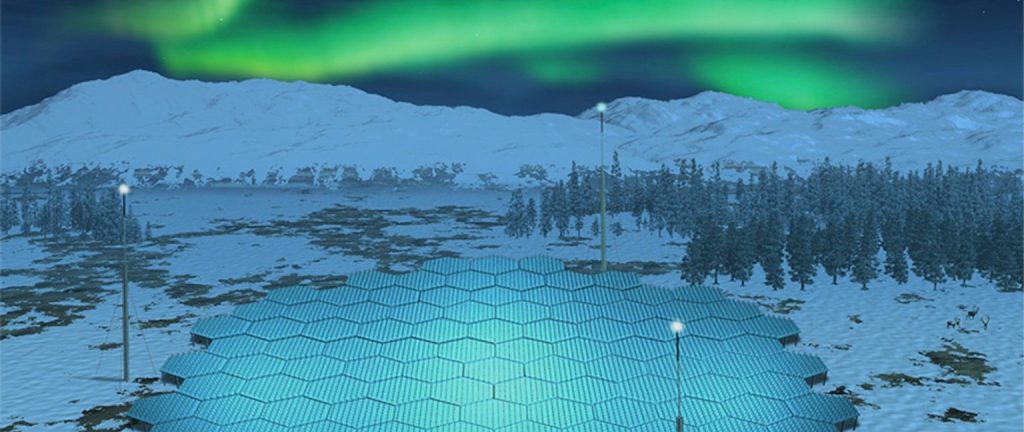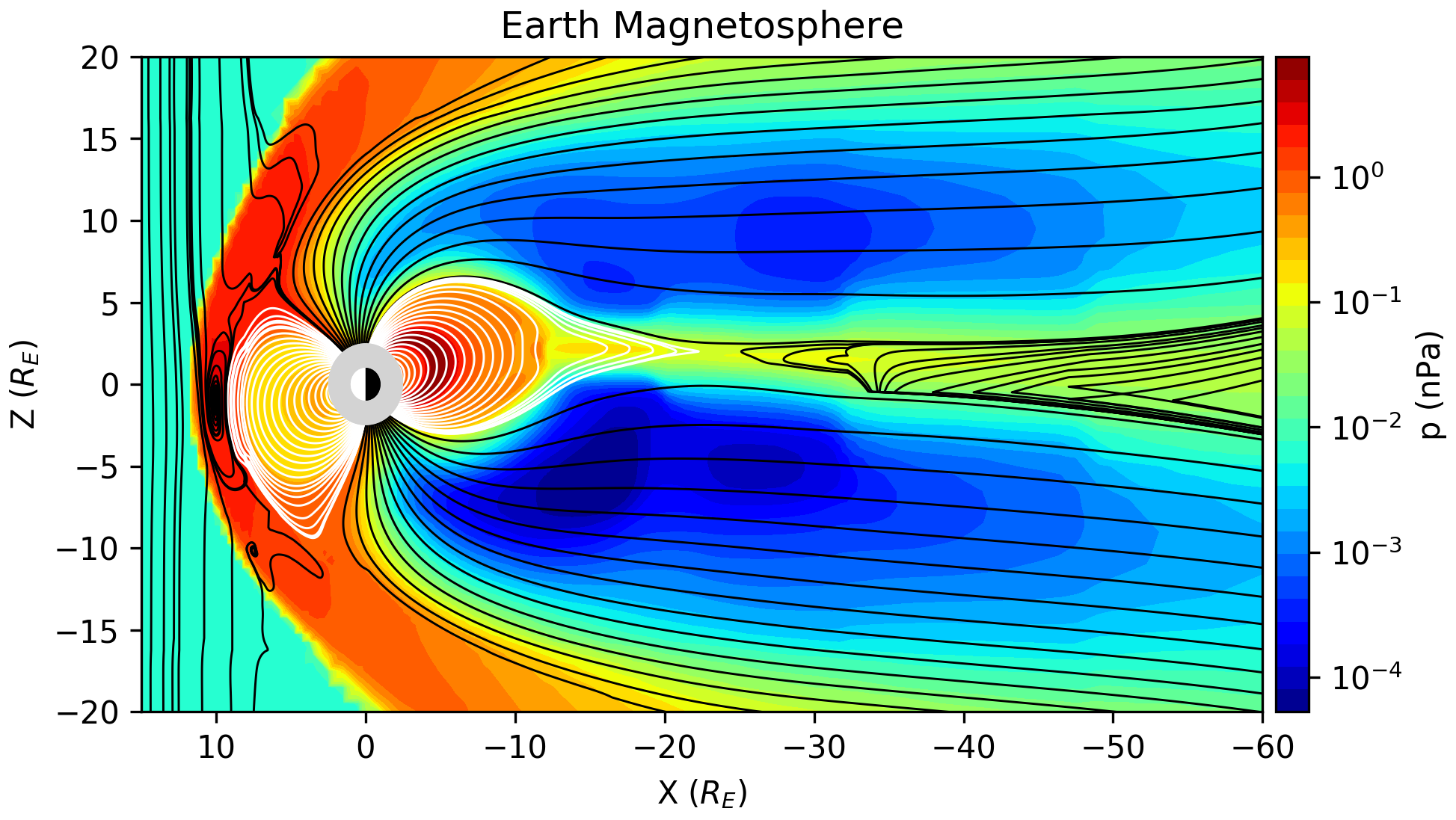Past and current student projects can be found here.

Magnetic reconnectionUsing a combination of large-scale kinetic particle-in-cell simulations and in situ data from NASA’s magnetospheric MultiScale (MMS) mission, we explore the physics of magnetic reconnection in the Earth’s magnetosphere. Read more here. |
|
|
 Image: NIPR Image: NIPR
EISCAT_3D and space weatherEISCAT_3D is a new radar system currently being built with sites distributed in northern Norway, Finland, and Sweden. The new system will be a world-leading radar facility providing observations of the upper atmosphere and near-Earth space. In a project beginning in October 2022, we will investigate how the new capabilities of EISCAT_3D can be utilized for space weather applications in the Arctic region. The project is funded by the European Space Agency (ESA) and we will in particular assess how EISCAT_3D can contribute to ESA’s Space Weather Service Network data products and services. |

 Global magnetosphere modelling and space weather
Global magnetosphere modelling and space weather Plasma heating and acceleration
Plasma heating and acceleration